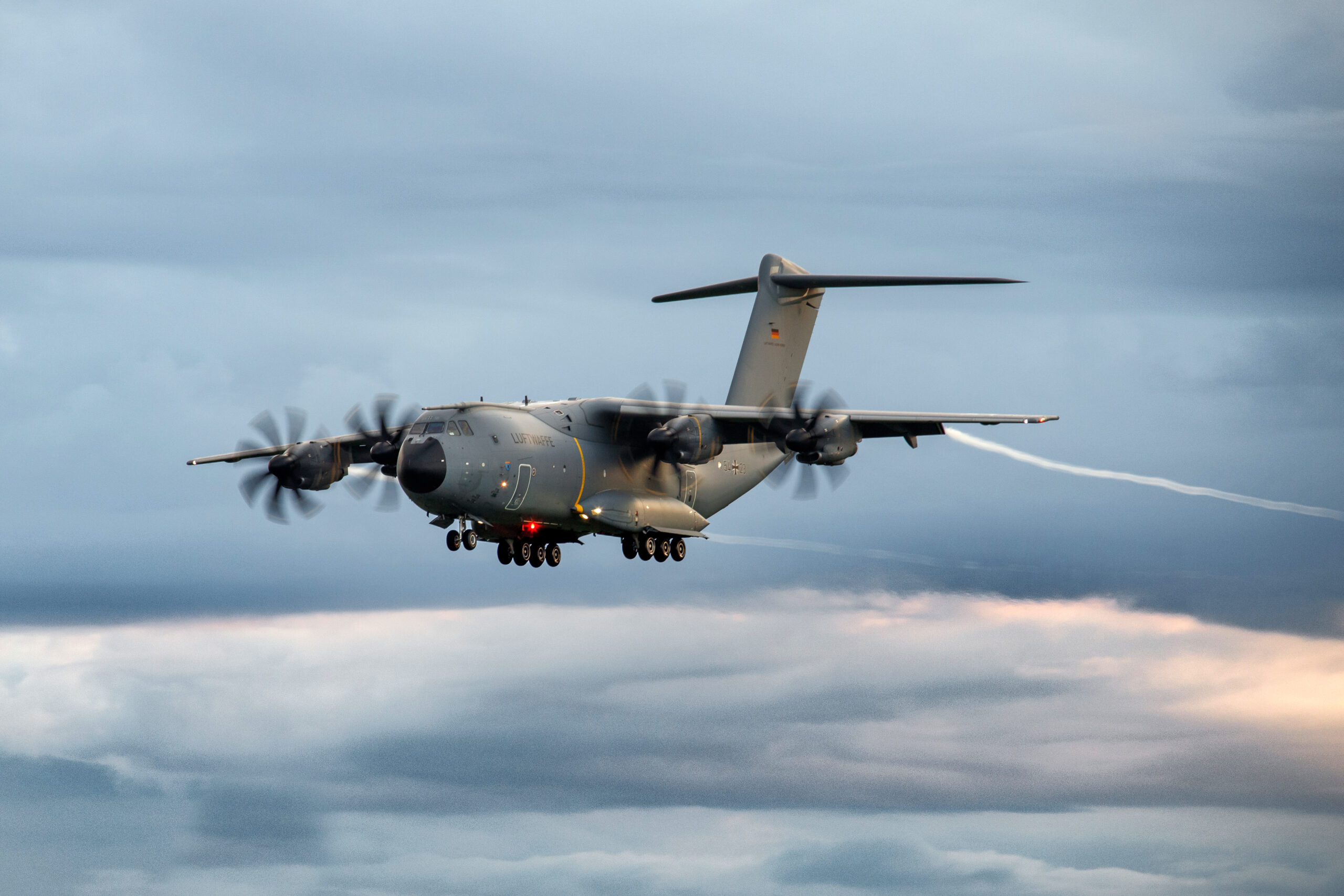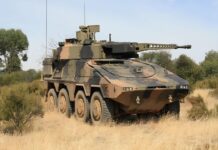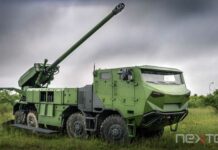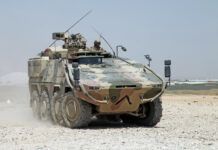According to a statement by Germany’s BAAINBw procurement agency, the European armaments agency OCCAR-EA accepted the aircraft standard “New Standard Operating Clearance 2.5” (NSOC 2.5) on behalf of the A400M programme nations. With this “Type Acceptance”, the A400M programme nations (Belgium, Luxembourg, France, Germany, Spain, Turkey and the UK) formally recognise the progress achieved in the development of the aircraft. For the contractor Airbus, this means that the contractually agreed requirements for this aircraft standard have been met.
With the NSCO 2.5, a multitude of improvements for already delivered but also completely new capabilities are available to the user nations, including:
- the ability to drop parachuters simultaneously with automatically released parachutes
- the ability to drop loads using the extraction method
- ground system independent instrument approaches
- further optimised self-protection system (level 2b)
- an initial capability for automatic low-level flight.
OCCAR-EA also refers to reduced and military operating standards and the integrated aircraft performance computation using the Take-Off Performance On Board Computer System.
The BAAINBw intends to release part of these capabilities for use by the German Air Force shortly and the remaining part will be subjected to an operational test in the near future. The remainder of the A400M programme will see the lifting of some of the operational limitations on flight operations that come as standard from the aircraft certification process.
For the coming years, OCCAR has set the goal of achieving the final SOC3 standard. This final aircraft standard is the focus of project work in the near future, writes the BAAINBw. From 2023, the A400Ms are to be delivered according to this standard and thus have all the contractually required capabilities. The transport aircraft already delivered will then gradually be fully retrofitted to SOC3.
GWH












